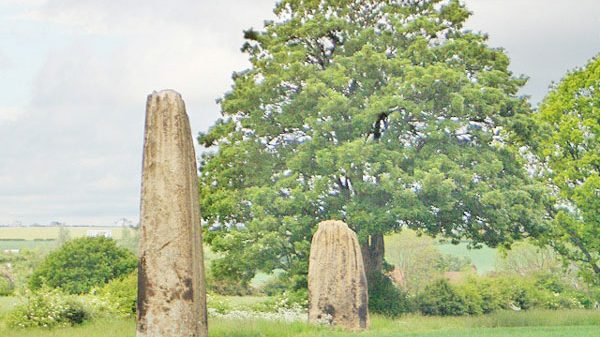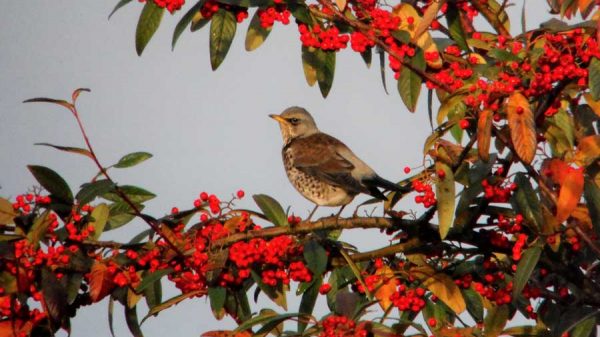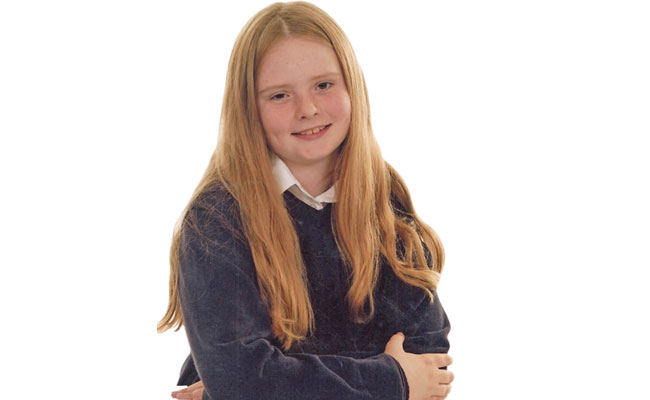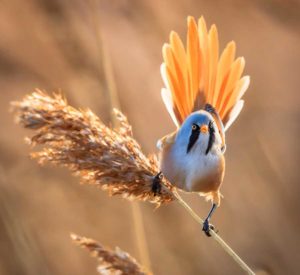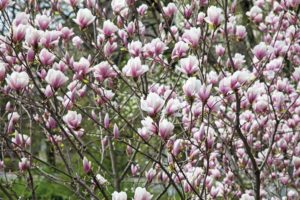As winter gives way to spring, you may notice that on some days our resident birds are singing and on other days everything is quiet apart from the occasional monosyllabic note. This is because the lengthening day is bringing our resident birds into peak breeding condition, but the chaotic change in temperature at this time of year shifts a bird’s focus from territory and courtship to survival.
Biologically this is a challenging time for birds. Their sexual organs, which have been dormant over the winter, are now developing for this year’s breeding season. It’s vital that they receive good quality food to ensure they are fertile and fit to rear at least one brood of chicks. Providing well sourced, oil-rich seed in your garden at this time will really contribute to their survival. If food is available for the pre-roost feed and the following morning, this will allow birds to replenish the fat they lost during the night and quickly get back to spring duties, including singing.
Bad weather will inhibit this process. Birds will then show winter behaviour. They will feed for most of the time only singing if their crops are full and if there is a break in the weather. The urge to sing at this time of year is strong. Breeding territories and partners must be found before the spring migrants arrive. Singing attracts a mate and tells all other males of the species that a particular spot is taken. One by one, more species will start to sing as the days lengthen.
Signs of territory and courtship can be seen already with some species. Watch for the fluttering display flights of blue tits and wrens, or robins posturing to fend off rival males. You may also see magpies and crows gathering twigs and fighting over old nests.
Blue tits and great tits time their nesting with the emergence of oak leaves and their associated insect species. It’s vital to the success of their brood that they feed their chicks on caterpillars that have eaten freshly emerged leaves. Older, darker leaves contain lots of tannins and any caterpillar selected at this stage is toxic to young tits. As plants and insects are temperature dependent and birds are daylength dependent, chaotic weather can greatly affect the balance of this process.
You may be wondering what happens to the winter visitors. They will remain for a few weeks yet but, during warmer weather, the presence of visiting garden birds is not as well tolerated by our residents. Look out for scuffles in your garden as our resident blackbirds drive off the chunkier, visiting blackbirds. A visiting male will have a darker beak than a resident male which has a bright yellow beak. Weather conditions will determine the timing of their departure and they may delay this journey until well into April.
This means that we have a few weeks when it is possible to find both winter and spring visitors in the UK. A southerly breeze in early March will bring us our first warbler, the chiffchaff. Listen out for the stuttering, metallic sound from high, exposed branches. Other early spring migrants include wheatear, ring ouzel and sand martin. Look out for these arriving near you.
Linda Jenkinson teaches people about birds in and around Leeds. For details of classes email linda@startbirding.co.uk or call
07778 768719. Visit www.startbirding.co.uk or Start Birding on Facebook and Twitter
